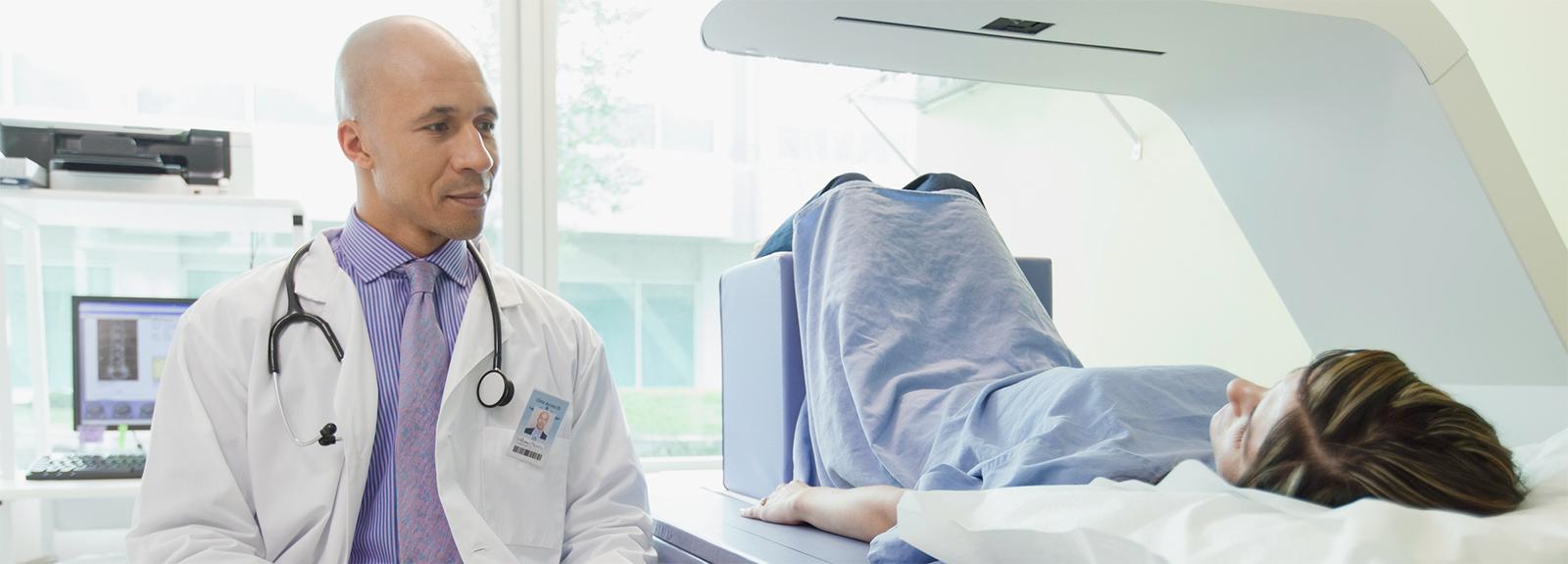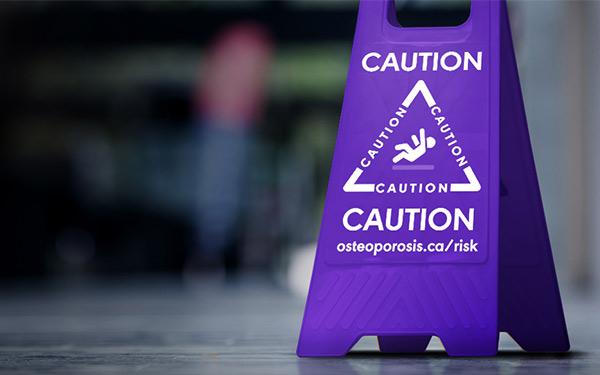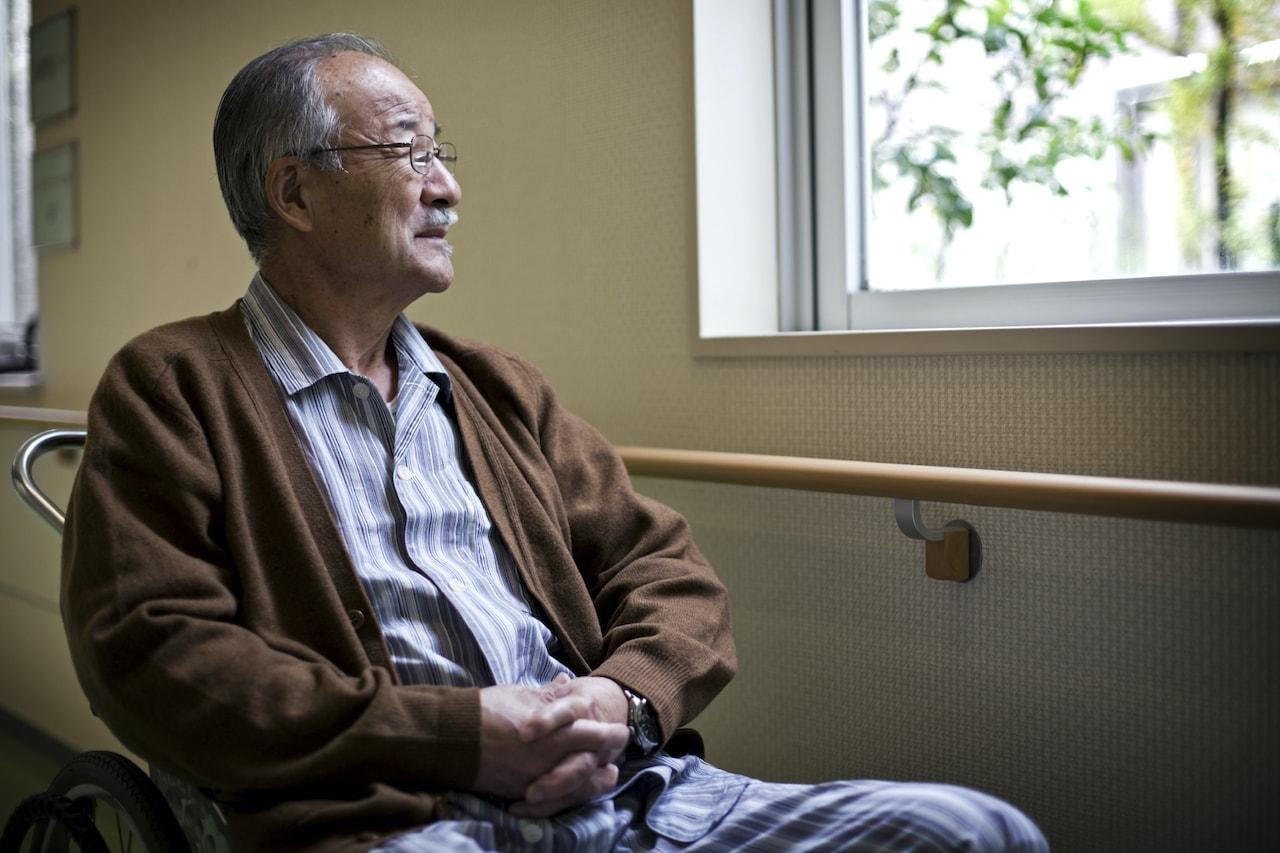
DIAGNOSIS
The importance of a comprehensive fracture risk assessment
Insist on Assessment
Osteoporosis often goes undiagnosed until a bone fractures, and is therefore commonly referred to as “the silent thief”. At this point, the disease is already fairly advanced.
Because loss of bone mass occurs over a number of years, and many people don’t experience symptoms or signs of the disease until it’s too late, early detection of bone loss is critical in preventing osteoporotic fractures.
Osteoporosis does not develop overnight. Women and men alike begin to lose bone in their mid-30s.
Osteoporosis Canada recommends combining the results of Bone Mineral Density (BMD) testing with some very important clinical risk factors. This leads to a much better and more accurate method of predicting a person’s risk of fracture. As a result, the treatment of osteoporosis has now shifted from just treating BMD test results to treating people with a high fracture risk.

The “Know Your Risk” Quiz
It’s important to know what your risks are so that you can play an active role and work with your doctor to protect your bone health. The Know Your Risk quiz is an important first step to determine your risk for osteoporosis and can help guide conversations with your doctor about your bone health. Complete the Know Your Risk assessment to find out what your risks are, and make an appointment to talk to your doctor today.
Try out the Know Your Risk Quiz

Bone Mineral Density (BMD) Testing
BMD testing is not usually recommended in younger men or women (under age 50) unless there is a medical condition predisposing them to osteoporosis or when there are unexplained fragility fractures.

FRACTURE RISK ASSESSMENT
Because the first warning sign of osteoporosis is frequently a fracture, it is often called “the silent thief” as it literally steals bone mass without giving any indication of doing so whatsoever, until a fracture occurs. By successfully identifying individuals at high fracture risk and treating them with effective medications, we can succeed in making this goal a reality.